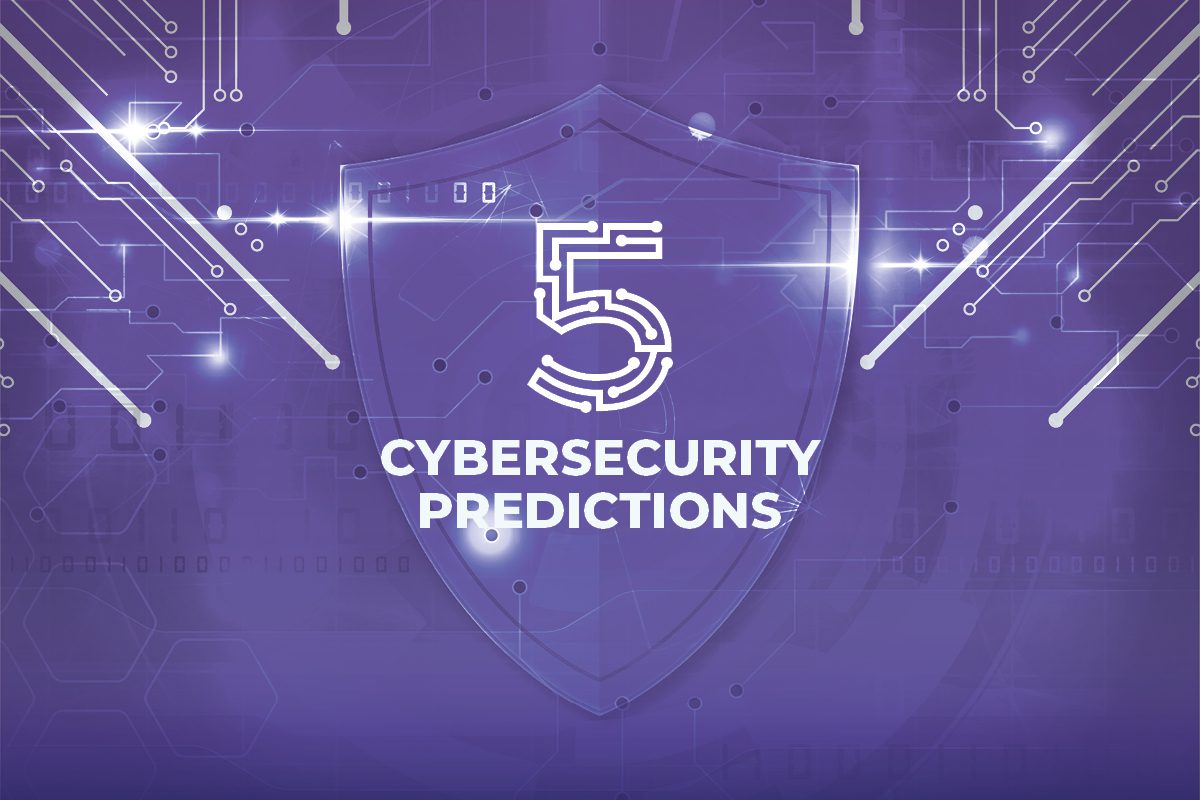Healthcare organizations across many countries have been warned that they may be at risk of a cyber-attack by Russian hacktivists. The concern comes after a series of attacks linked to the notorious Killnet group in recent days. This hacktivist group is politically motivated and has become infamous for its campaigns supporting Russia. It is now focusing on the healthcare sector, and any network disruption – no matter how temporary – can be highly dangerous for hospitals and other medical institutions.
What is Killnet?
Killnet is a hacker collective with alleged ties to Russia’s government, known for their distributed denial-of-service (DDoS) attacks against targets that oppose Russia or align with Ukraine. These targets include government websites, media outlets, and defense companies. However, they have recently begun to target healthcare organizations in multiple countries as well.
On January 30th, Killnet struck multiple hospital “systems” in the United States alone. This attack was particularly alarming because it allowed the hackers access to sensitive data such as patient records and medical information. Unfortunately, this type of attack has become more common in recent years. Healthcare organizations worldwide averaged 1,463 cyber-attacks per week in 2022, up 74% compared with 2021, according to Check Point Research.
How Can Organizations Protect Themselves?
Typically, DDoS attacks are used to cause mass disruption, not to steal data. However, the most recent Killnet attack did leak data, and healthcare organizations must be aware of their risks. Improving your cybersecurity posture can be a long process, but there are some ways that you can quickly improve your security strategy. Healthcare organizations must ensure that all systems are updated with the latest security patches and software updates. Setting up a training program for your employees can also be crucial to improving your cyber hygiene.
Additionally, organizations should consider implementing multi-factor authentication MFA solutions as an extra layer of protection against unauthorized access attempts by malicious actors. It is also recommended to conduct an annual risk assessment, as well as a penetration test, to identify security vulnerabilities and gaps that attackers could exploit. Lastly, it is vital that organizations invest in advanced security technologies such as firewalls, antivirus software, intrusion detection systems (IDS), endpoint protection solutions, security operations center, etc., which can help detect suspicious activity before any damage is done and provide real-time alerts if an attack takes place.
Closing Thoughts
The threat posed by groups like Killnet cannot be underestimated; it is essential for healthcare organizations around the world to take steps toward protecting themselves from these types of attacks before it’s too late. By investing and committing to a cybersecurity program – organizations can significantly reduce their chances of being targeted by malicious actors such as this while providing better protection for patient data & medical information alike!



